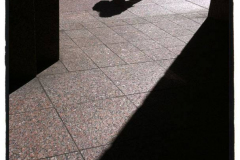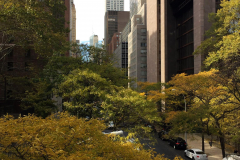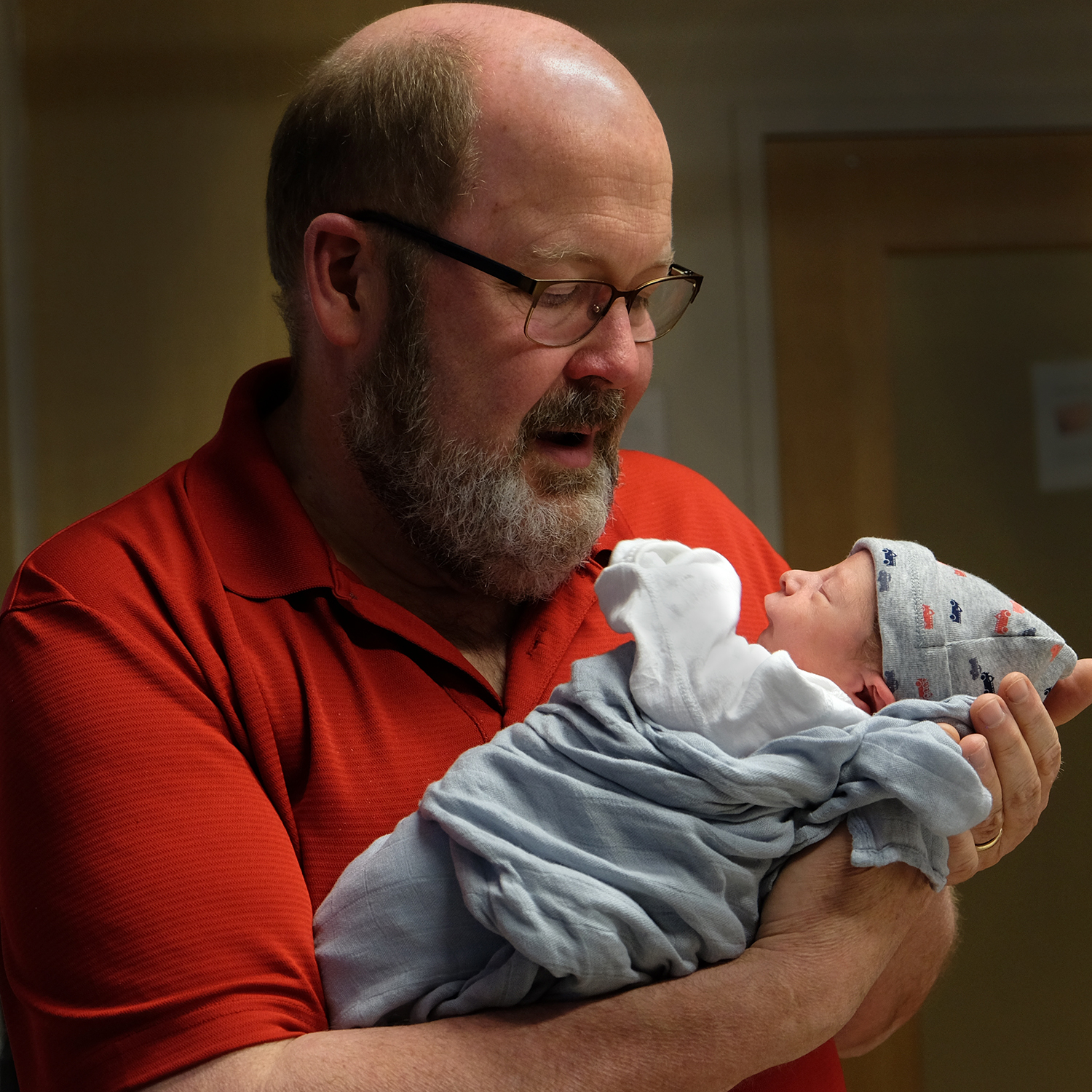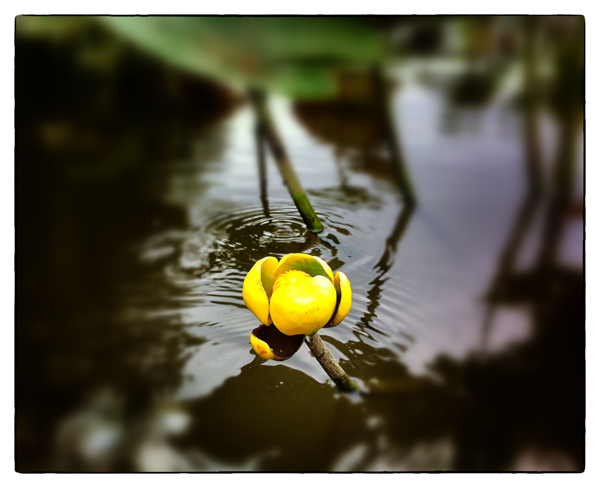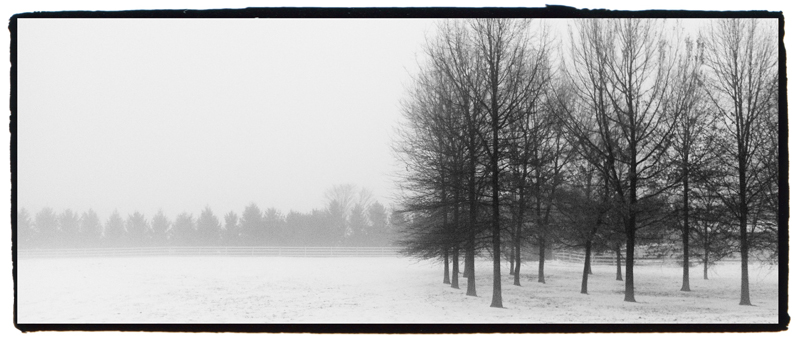Images from all of my years working in New York City.
life
Spring snow at Anderson Gardens
Toward Better Communities
Saving out some work I did with a group of community thought leaders during the start of the pandemic. We put together this statement about the impact of online communities.
Why it’s time for you to understand this increasingly critical aspect of business
The pace of disruption is accelerating. Communities offer a north star to those seeking to navigate technology-driven societal and cultural change. Individuals are seeking connection, belonging, safety, relevant information, a path forward through uncharted territory; and brands – organizations of all kinds and in all sectors – well, you’re seeking the same. In short: resilience, direction, and growth.
These needs are not new, but technology is both undermining and enhancing opportunities to meet these needs as we continue to network everyone and everything via the internet.
Paradoxically, if you want your organization to persist, you must make the rich and shifting ground of our interconnectedness its foundation.
All of our endeavors —be they commercial, social, civic, or personal— are rooted in and strengthened by the fundamental human need to connect and form relationships, ones that last and give meaning to our lives. Strategically centering healthy customer relationships positions your organization to work with the complex challenges of our times.
When you build a true online community, you can authentically communicate at scale, innovate with less risk and more confidently adjust course.
You will discover the untapped potential of your relationships.
Go beyond the transaction
Host the market.
An online community is like inviting people over to your place to celebrate or experience something that matters to you both. You never know where the conversation will go, or what relationships will form because it’s not scriptable. You can however create the conditions conducive to the kinds of exchange that matter to you (why you invited them in the first place).
Similar to finding yourself at a really good dinner party, in a well-considered and well-managed community, people will bring and share more of themselves.
• They’ll apply their skills and expertise to your business because it’s of interest to them to see it run well.
• They’ll offer their ideas and creativity (many more and different views than just your team could ever generate) because self-expression is at the core of everything we do.
• They’ll find unexpected ways to expand on whatever it was that brought them into a relationship with your business because for them it’s personal.
• They’ll form relationships with other customers, not just by helping them with a quick how-to, but through the spontaneous and unique conversations that will emerge and, when respected and nurtured, become the persistent bonds required for long-term organizational success across unprecedented disruption to the status quo.
Beyond the purchase and social media commentary, in an online community you can foster an environment where your people can genuinely connect, trust that they belong and are safe to participate, where they can find and share knowledge, and co-create their individual paths forward.
Most important, because of their sustained and increasingly meaningful interactions with the larger community, they will become more committed, and more valuable, over the lifetime of their relationship with you.
Host the market. Welcome them to a supportive space away from all of the noise of the internet, and your customers will show you what they can do for your business.
This applies not only to commercial or for-profit organizations and their customers but to all kinds of organizations and their donors, experts, fans, neighbors, students, families, teachers, alumni, constituents…you get the idea. For simplicity, we’ll continue referring to customers. Think of them as those that buy into and believe in the bigger picture of your institutional vision, whose lives you wish to improve through the service that you offer.
Now, let’s talk ROI
How community fits into your business
Community is not a tactic or weapon that you add to your arsenal. It is an upgrade to your business strategy. While technology is integral to the experience, it’s ultimately a human experience, so it’s not “digital transformation”. It goes deeper than that and delivers much more. Community shifts strategic focus to customers as whole humans and weaves customer relationships into the fabric of your business. Community is your path to the future state of your organization, one where it is always learning, and has made the fabled transition from functional silos to a customer-centric ecosystem, well-informed, aligned and responsive to the market.
Here’s what your business gets when you invest in community —
Growth — Customers who are engaged community members spend more and spend more often. They bring friends, and they stay. A strong community increases customer lifetime value.
Innovation — They also bring a broader source of ideas to your table. Insight into what matters to your market — what to do more of and what you’re not thinking about at all (that someone else will).
Brand Loyalty — The network of customer relationships made possible in a healthy community is the resilient, living, breathing embodiment of your brand. Because they use their own voices, when they speak of you, the message not only reinforces their own interest in your continued success, it will carry farther and matter more to those listening.
Extended cross-functional capacity – Community enables customers to co-develop with your teams. Not just call center deflection (though that can be both a significant cost-reduction and improvement to customer onboarding experiences), but everything from content they’re happy to write about your products, to developing and testing the products themselves, disseminating information to help you address service glitches (not the follow-on PR problem, but before that happens) and priming people for planned upgrades and changes — even price increases.
Community involvement endows your business with what it takes to succeed in this new age of complexity and heightened interdependence. It propagates responsiveness and market intelligence companywide.
You get ROI internally too
What community does for your people
When you integrate community into your operations end-to-end, employee experience also becomes less transactional and more fulfilling because your employees will be giving more of their unique selves. Authentic exchanges will chip away at groupthink. Direct contact with customers activates individual capacity and agency within the company.
Which brings us to employee engagement, job satisfaction and productivity. Employees need interesting work, to make progress on their personal goals and to feel that they are a valued part of something greater than themselves. Getting closer to the fundamental purpose of the job, i.e. serving the customer, is deeply engaging.
Integrating community into their day-to-day will enrich their experience with unexpected and nuanced challenges, opportunities, relationships and especially, knowledge about how the service they provide is actually experienced in the world.
For employees, community is a continuous, live event that inspires and informs how they do their jobs and achieve business objectives. The untapped potential of your online community is not just inside your customers. It’s also in your employees. There is so much they can learn from each other and do together.
This doesn’t happen all at once. So don’t worry about how to respond to an influx of feedback and suggested initiatives—or about undermining your employees.
Not every customer will join or participate the moment you open your doors, or at all. You’ll need to give them a reason to accept your invitation, to trust that they are indeed welcome to bring their whole, valuable selves, as well as reasons to stay that contribute to their personal enrichment. This will take time. You’ll be learning how to listen to them and interact with them, and they’ll be surprising you with how creative and generous they can be.
What it takes
Are you up for a radical shift forward?
If the pandemic has taught us anything, it’s that we cannot ignore our inherent interconnectedness. It’s time for openness, transparency, accountability and emergent strategies. It’s time for better communities.
Contributors:
Vincent Boon, Alexandra Jacoby, Brian Pagels, Bill Johnston, Carrie Mellisa Jones, Joi Podgomy, Lauren Vargas and Vanessa Paech
Welcome to Thea
Welcome Nolan Oliver Devaney!
Photos of me with my first grandson Nolan Oliver Devaney can be found at: http://jaybryant.pass.us/nolan/
Winter scene at Grovers Mill Pond NJ
Water Lily at Grover’s Mill Pond
Jersey Fog with Horses
Morning Fog on Grovers Mill Pond
Morning Fog in West Windsor NJ
Happy Holidays
20 Years Later – Remembering Terry Hughes
I can still vividly hear the concern in Terrys voice over the phone as she told me that she had found a lump on her breast and was going to the doctors office to have it checked out. It is a story that did not end well for Terry some 20 years ago as she was diagnosed with breast cancer that took her life on July 22, 1991.
This week I was reminded by a friend that the 20th anniversary of her death was approaching. It has caused me to stop and reflect back on my memories of Terry over the years.
I met Terry when I started at the Rock Island (IL) Argus as a photographer fresh out of college in 1981. Terry worked as a writer at a competing newspaper. She lived in East Davenport, Iowa, in an older house on top of a hill that had a scenic view of the Mississippi River. Many wonderful Sundays where spent sitting in her backyard reading all of the Sunday newspapers and watching the boats on the river below.
Terry very much served as a creative muse to me early in my career helping me re-enforce my views of creativity. Our career paths took us to different parts of the country, but we continued to stay in touch despite the distance. Those conversations always kept my grounded in my values.
The portrait above of Terry I shot in 1982 at my apartment in Moline. It has hung in my office for many years and I get comfort from her still watching over me.
Years after Terrys passing I visited a common friend in the Midwest who commented that she was haunted by the portrait of Terry. She told me that if you look below the two doors in the image, that one of them is leading to a dark room, while the other has light streaming through it. She felt that Terry was sitting contemplating life (the light) and death (darkness).
What I remember the most about Terry was the clarity of her writing. I went into the archives at the last paper she worked at and pulled out three of her columns that I want to share.
The first column from 1990 talks about her challenges with her cancer treatment (linked here). The next column (linked here) is about her trip to the Grand Canyon where she ended it saying:
“There was comfort in 2 billion years, and in having two hours to watch, to be still. To say: This is how I chose to pass this small piece of my small piece of the billions of years. My piece of time. White and black flashed and flitted and trilled around me, other creatures passing their dust-mote of time on the edge of eternity. We were a tiny part, a part that would not last long. But a part, nonetheless. And this was good.”
And one of her last columns she wrote is linked here.
##30##










